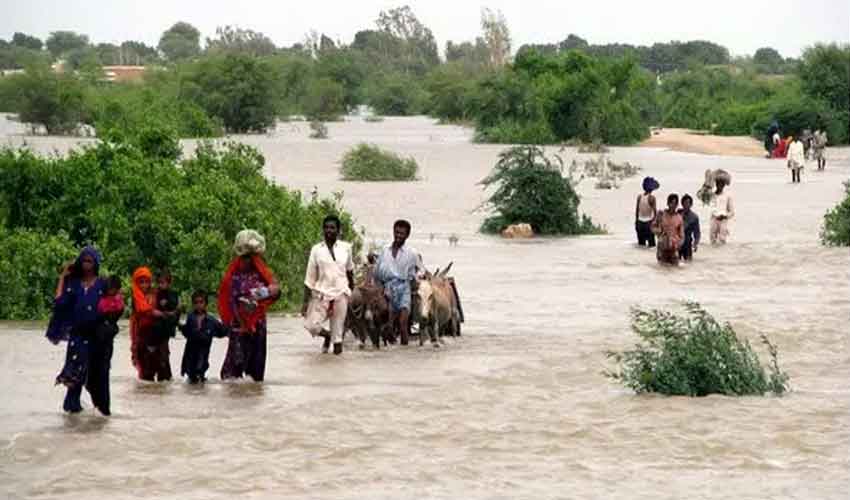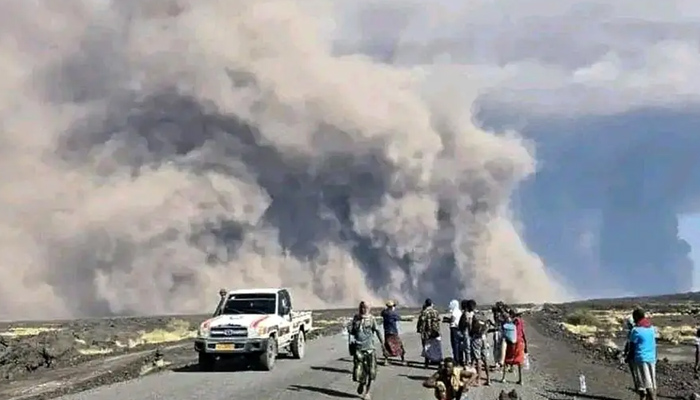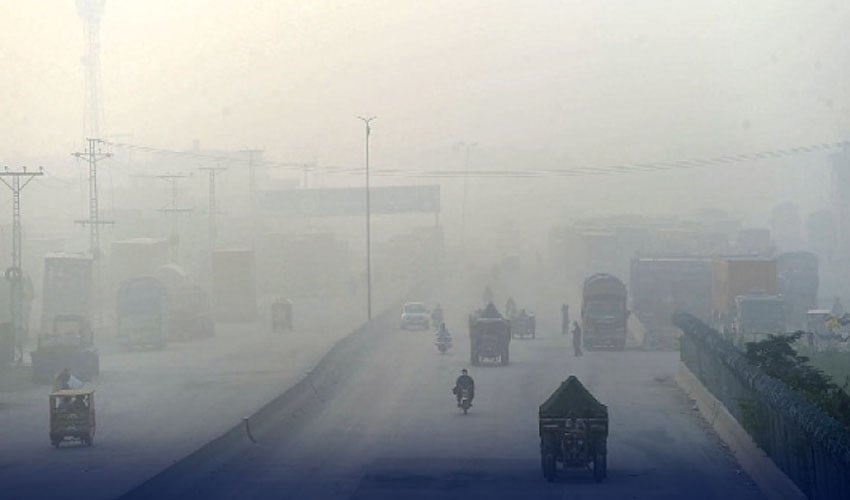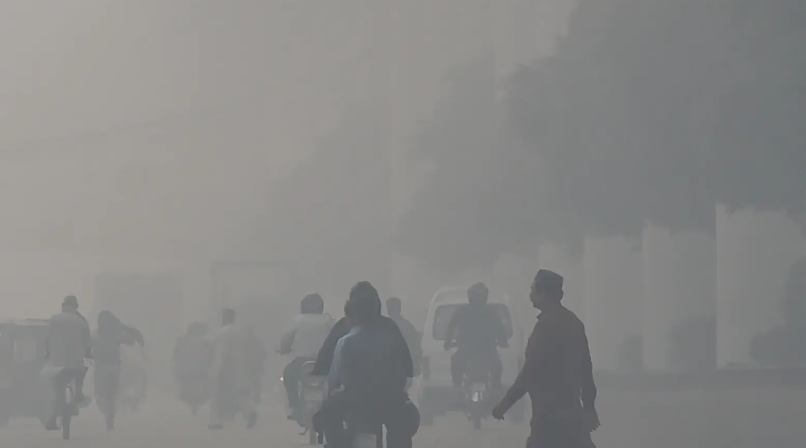Climate

The devastating floods that recently hit Pakistan have caused economic losses exceeding $2.9 billion, severely impacting agriculture, infrastructure, and industry, according to an official report released by the authorities.
The document reveals that the national unemployment rate surged, with around 220,000 people losing their jobs due to the destruction of livelihoods and businesses. The agriculture sector, a key pillar of Pakistan’s economy, suffered the heaviest blow, while overall GDP growth dropped to between 3.5% and 3.9%, below the target of 4.2%.
Flooding displaced large sections of the population, resulting in economic losses of approximately Rs 3.7 trillion.
The food and agriculture sector bore the brunt of the catastrophe, recording losses of Rs 430 billion. Major crops including rice, cotton, sugarcane, corn, and vegetables were wiped out in several regions, while livestock, fisheries, forestry, and related sectors also faced extensive damage.
The physical and social infrastructure sector endured losses of Rs 307 billion, which included:
· Road infrastructure: Rs 187 billion
· Housing sector: Rs 91 billion
· Dams, canals, and reservoirs: Rs 17.68 billion
· Bridges: Rs 10.77 billion
Public services also suffered heavily. The report notes that electricity, gas, and petrol supply networks sustained Rs 7.44 billion in losses, while educational institutions faced damages worth Rs 5.11 billion. Government offices, IT and telecom systems, and hospitals were also among the affected infrastructure.
Despite the widespread devastation, the industrial sector recorded comparatively lower losses at Rs 1.52 billion, largely due to limited direct exposure to flood-prone rural areas.
Experts warn that these losses not only underscore the economic fragility of flood-affected communities but also highlight the urgent need for climate resilience planning, investment in disaster preparedness, and sustainable water management.




